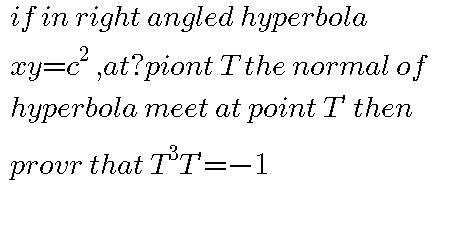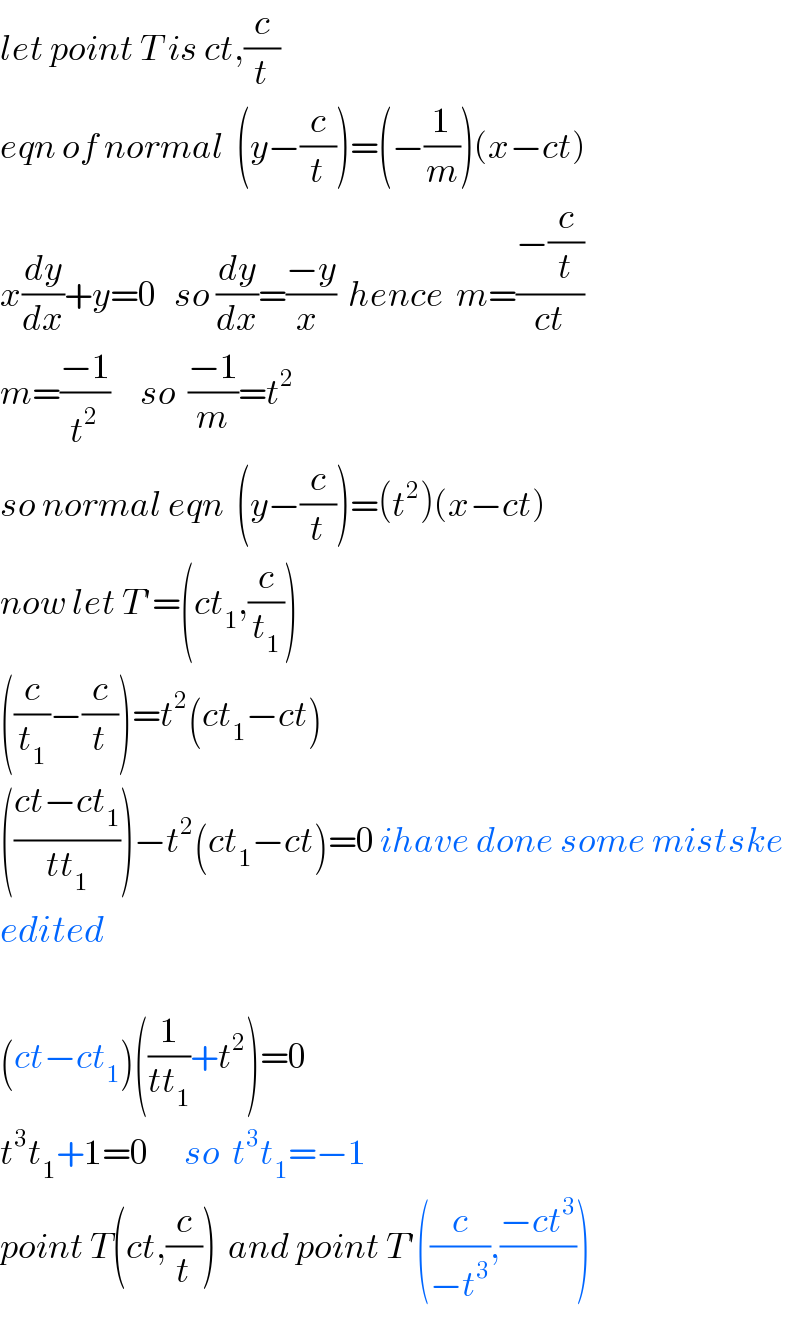
Question and Answers Forum
Question Number 39709 by Raj Singh last updated on 10/Jul/18

Commented by tanmay.chaudhury50@gmail.com last updated on 10/Jul/18

Answered by tanmay.chaudhury50@gmail.com last updated on 10/Jul/18

Commented by Raj Singh last updated on 10/Jul/18

Commented by tanmay.chaudhury50@gmail.com last updated on 10/Jul/18

